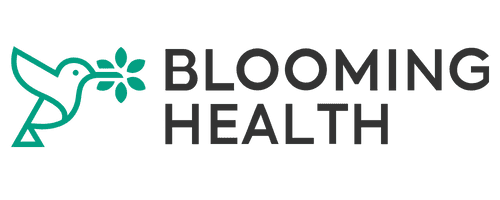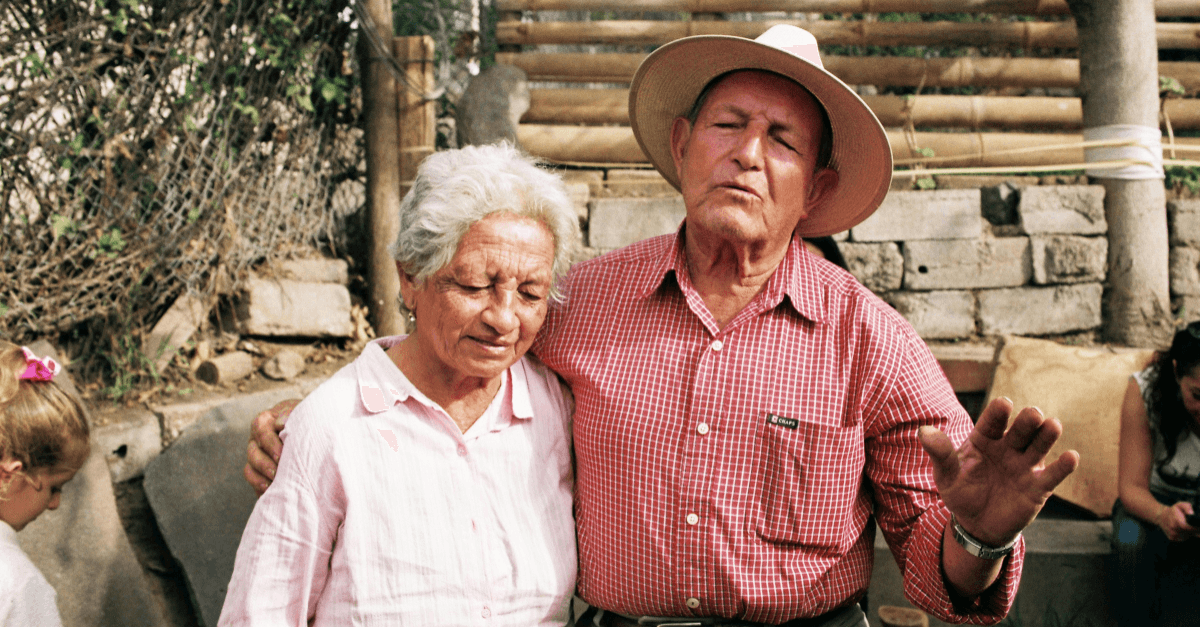Nov 20, 2025
At a recent virtual session during Blooming Day Maryland, Marica Scalifoli, Director of the Aging and Disability Business Institute at US Aging, explored how community-based organizations (CBOs) are navigating healthcare transformations in Maryland. Her presentation highlighted both the growing opportunities for partnerships between CBOs and healthcare organizations—and the persistent challenges these organizations face.
The Role of Area Agencies on Aging
Marica opened by introducing the national context: “Area agencies on aging have served as local leaders on aging for more than 50 years, charged with planning, developing, funding, and implementing local systems of care for older adults and people with disabilities.”
These agencies operate within planning and service areas that may cover a city, a county, or a group of counties, depending on the state. Their mission: help older adults live independently and with dignity in their communities, connecting them to essential home- and community-based services.
Building Bridges Between Social Care and Healthcare
The Aging and Disability Business Institute focuses on creating stronger linkages between CBOs and the healthcare system. “Our mission is designed to help build and strengthen partnerships between networks of community-based organizations and healthcare providers, so people get the right care in the right place at the right time,” Marica explained.
Research conducted by the institute shows steady growth in these partnerships. In 2017, 38% of surveyed CBOs reported at least one healthcare contract; by 2023, that number had grown to 47%. And 86% of contracting CBOs indicated that their contracts had been renewed—evidence that healthcare organizations increasingly recognize the value CBOs bring.
The Rise of Community Care Hubs
One notable trend is the growth of community care hubs—nonprofit organizations that serve as administrative backbones for networks of CBOs. These hubs streamline contracting, ensure compliance, manage performance, and standardize service delivery.
“Community care hubs help networks of CBOs operate more efficiently and provide high-quality, whole-person services,” Marica said. In Maryland, two hubs—Maintaining Active Citizens on the Eastern Shore and Totally Linking Care—are leading the way. These hubs developed organically, forming networks where local need intersects with expertise and resources.
Closing the Loop with Blooming Health
The challenges Marica outlined, contracting complexity, fragmented systems, and data interoperability, are exactly what Blooming Health was designed to address. Blooming Health’s new Maryland Resource Directory now brings together 16,000+ verified, active community resources, making it easier for residents to find the support they need and for organizations to reach the people who need them most.
CBOs can claim a free profile and access Blooming Health automation tools at no cost, strengthening their capacity without adding operational burden. Blooming Health exists to make care more accessible and to close the loop between social and healthcare. By building the infrastructure that supports real partnership, we’re helping Maryland communities move from good intentions to measurable, lasting change. Get a demo with us today.








